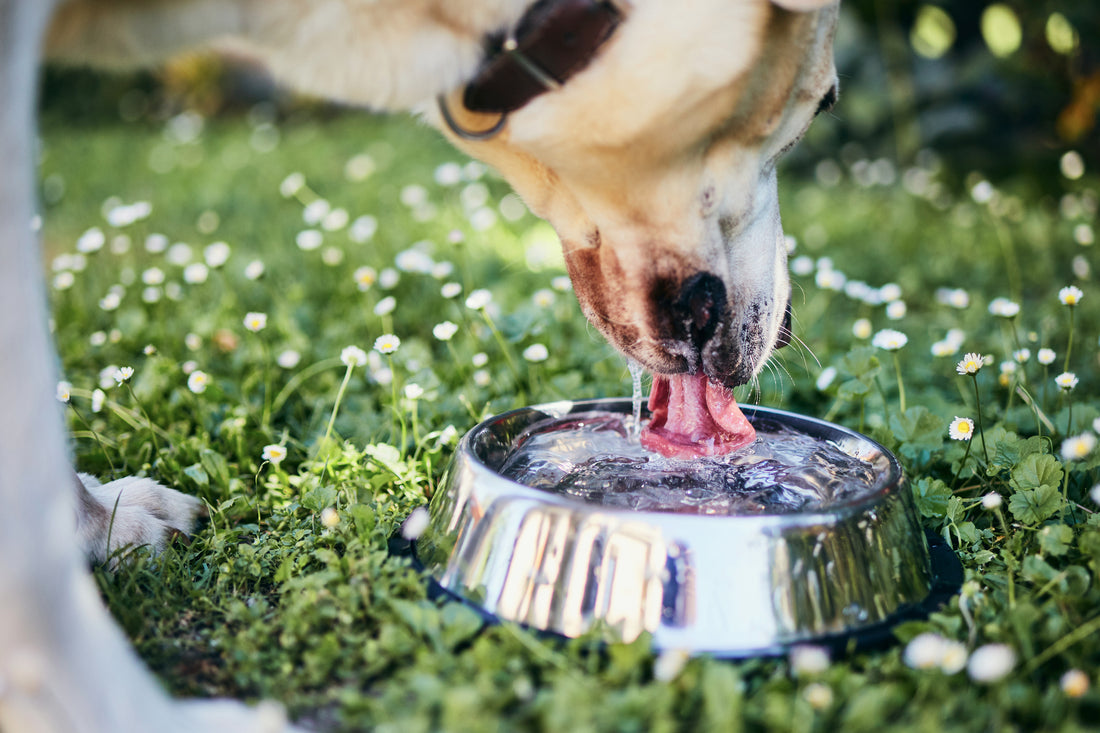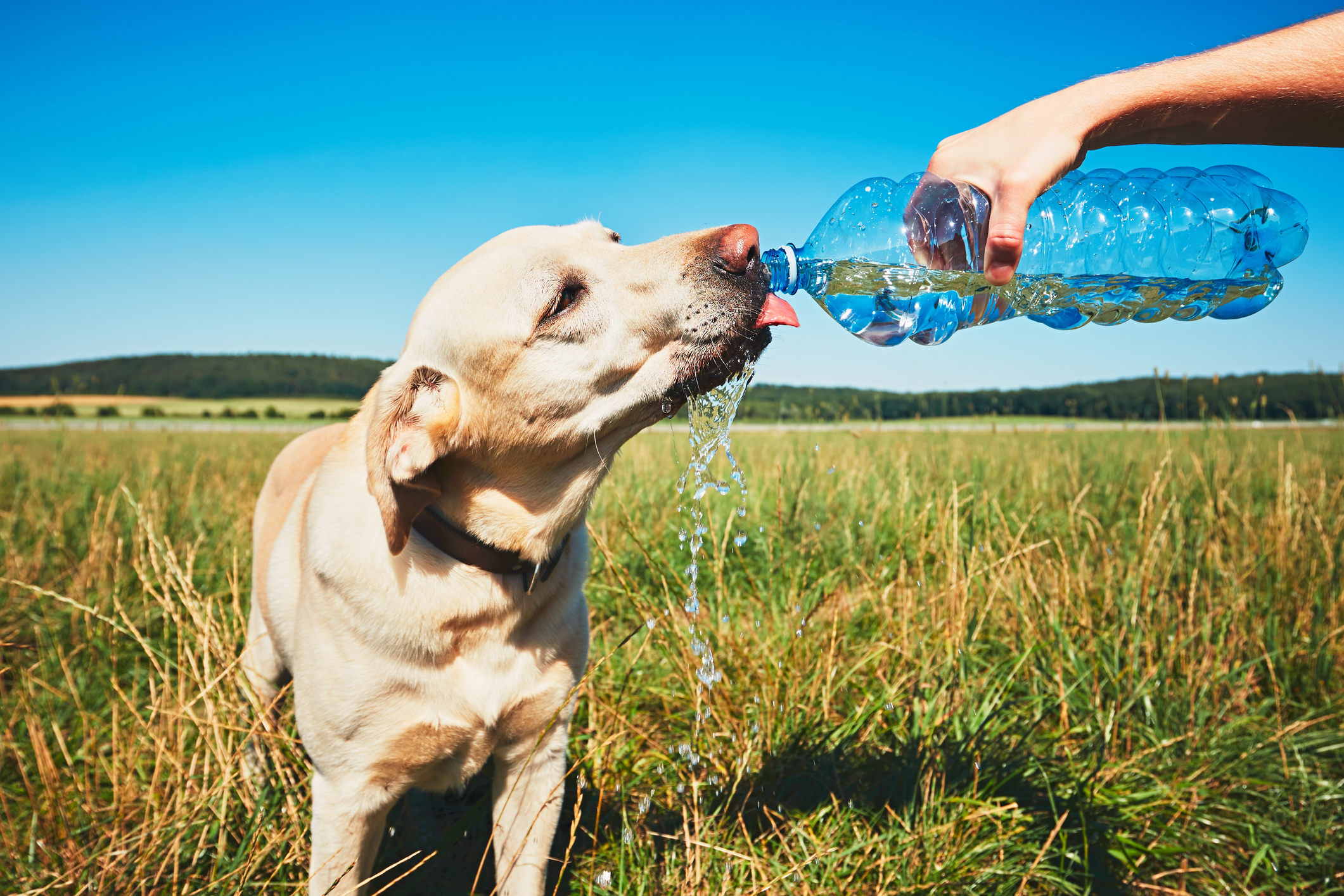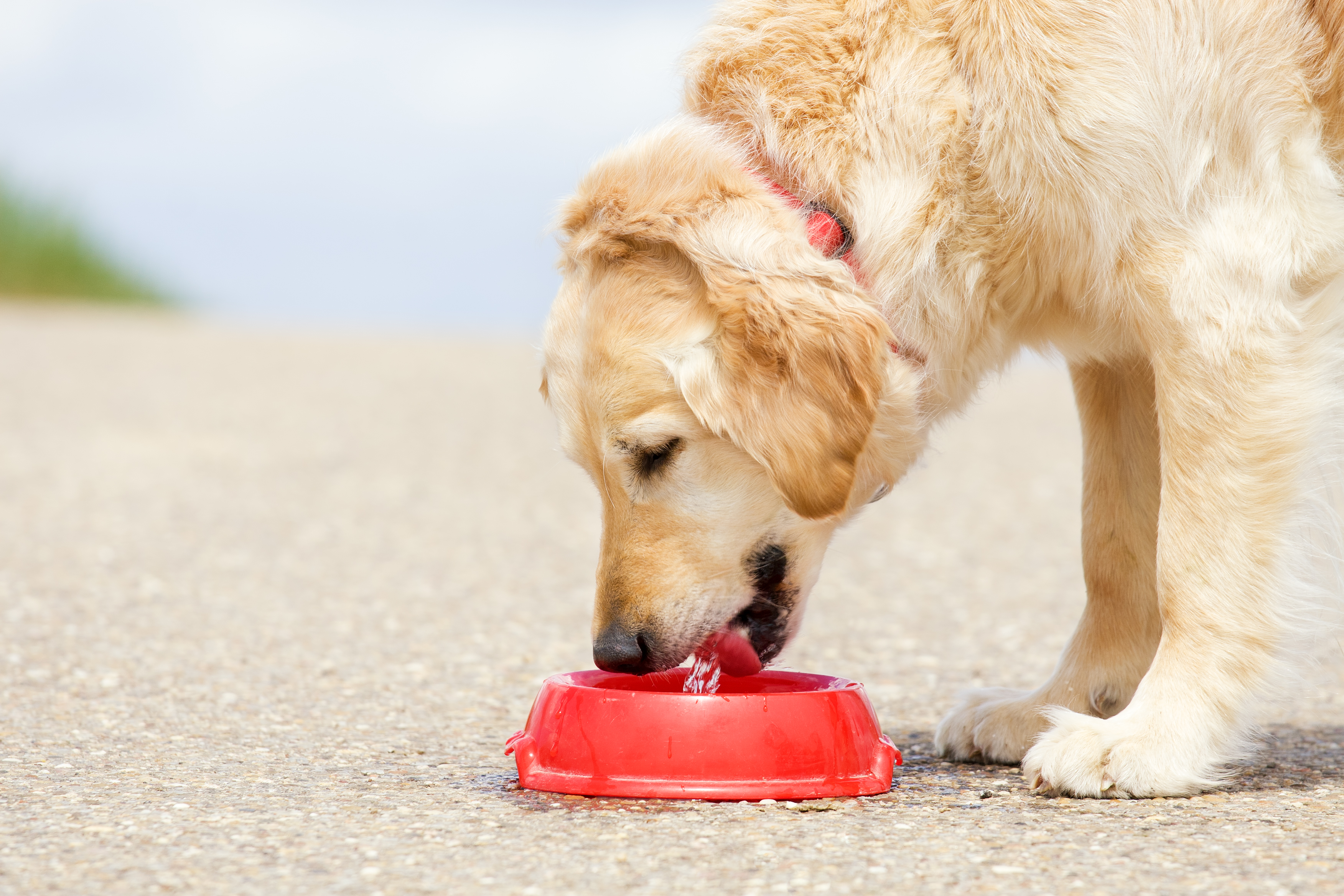
6 Reasons Why Your Dog Won't Stop Drinking Water
Dog households typically have an ever-present water bowl (or two or three) to allow their thirsty pups to quench their thirst as often as they need to. Dogs lose a lot of water by panting and urinating, which means they need to rehydrate after exercise, playtime and at random points throughout the day.
It’s not abnormal to have to refill your dog’s water bowl once or twice during the day, but if you’re finding that you’re replenishing your dog’s water much more frequently, that your dog spends much longer lapping up water, or that they have to be let out to pee more than usual, something might be amiss. Your dog needs water to survive, but polydipsia, or an abnormally great thirst, could be a sign of an underlying health problem you’ll want to address right away.
There is no true “normal” amount of water dogs should drink each day—your dog’s water intake will largely depend on their size, activity level, food type and other factors. Some dogs drink a lot of water naturally while others don’t.
The best way to determine whether your dog is drinking an excessive amount of water is to understand your own dog’s “normal” and then watch for deviations from that. Generally, your dog’s thirst shouldn’t change overnight. If it does, you might want to contact your vet.
Here are a few reasons why your dog might be drinking a lot of water and whether or not you should be concerned.

- It’s hot: During the summer months, high temperatures can force your dog’s body to work overtime to keep them cool and avoid overheating. Dogs can sweat from the nose and foot pads, but they mainly pant to keep cool, resulting in fast water evaporation. Much like we need extra water during summer to keep us cool, dogs will need greater access to water and might drink a lot more than usual in an attempt to cool off and avoid dehydration. If your dog starts drinking tons of water on a really hot day, it’s more than likely just feeling the heat.
- Digestive upset: If your dog is suffering from a bout of diarrhea, they may be losing more water than usual through their stool. This might lead to excessive thirst in an attempt to rehydrate their body. Dehydration is a major concern of diarrhea, and any bout of diarrhea that lasts longer than two days should be discussed with your veterinarian to determine the underlying cause. After the diarrhea is controlled, your dog’s water consumption should return to normal.
- Medication use: If your pup is taking prescription medications like steroids, they may be extra thirsty due to the side effects of the medication. If you notice your dog’s excessive thirst shortly after starting them on a new medication, review the potential side effects of the drug or contact your vet to ensure polydipsia is normal.
- Diabetes: Polydipsia is one of the most common signs of diabetes in dogs. When your dog’s body is unable to regulate their blood glucose levels with insulin from the pancreas, it attempts to filter out excess sugar from the blood by increasing thirst and urination frequency. Diabetes may also cause symptoms like increased appetite, lethargy and weight loss.
- Kidney disease: Kidney disease or renal failure cause the kidneys to fail at filtering out toxins and waste from the bloodstream. This results in the increased production of urine in an attempt to flush out these toxins, leading to increased thirst. Increased water consumption and more frequent urination may be accompanied by a loss of appetite, bad breath, weight loss and lethargy.
- Cushing’s disease: Cushing’s disease is also characterized by increased thirst and urination. The endocrine disorder disrupts the body’s cortisol levels, causing the hormone to be present in too-high quantities. Often, it is caused by a tumor on the adrenal or pituitary glands. Cortisol influences appetite stimulation and affects blood sugar, which can lead to other symptoms like an increased appetite, obesity and a bloated appearance. Dogs with Cushing’s disease also tend to suffer from muscular atrophy, lethargy and bruising of the skin.

Because many of the underlying problems related to increased thirst present similarly, you’ll want to contact your vet as soon as you notice your dog’s polydipsia to have them examined professionally. After an examination and testing, your vet should be able to reach a diagnosis that allows you to get your dog the help they need and correct their thirst and overall health.


